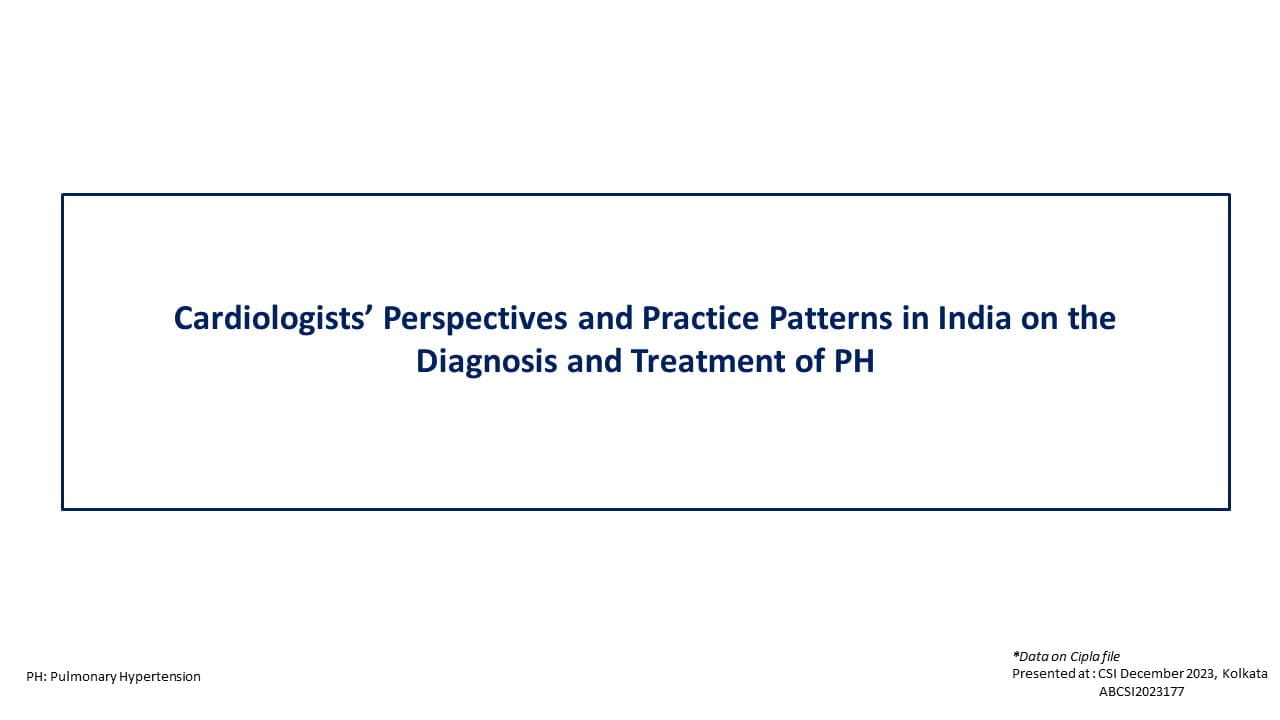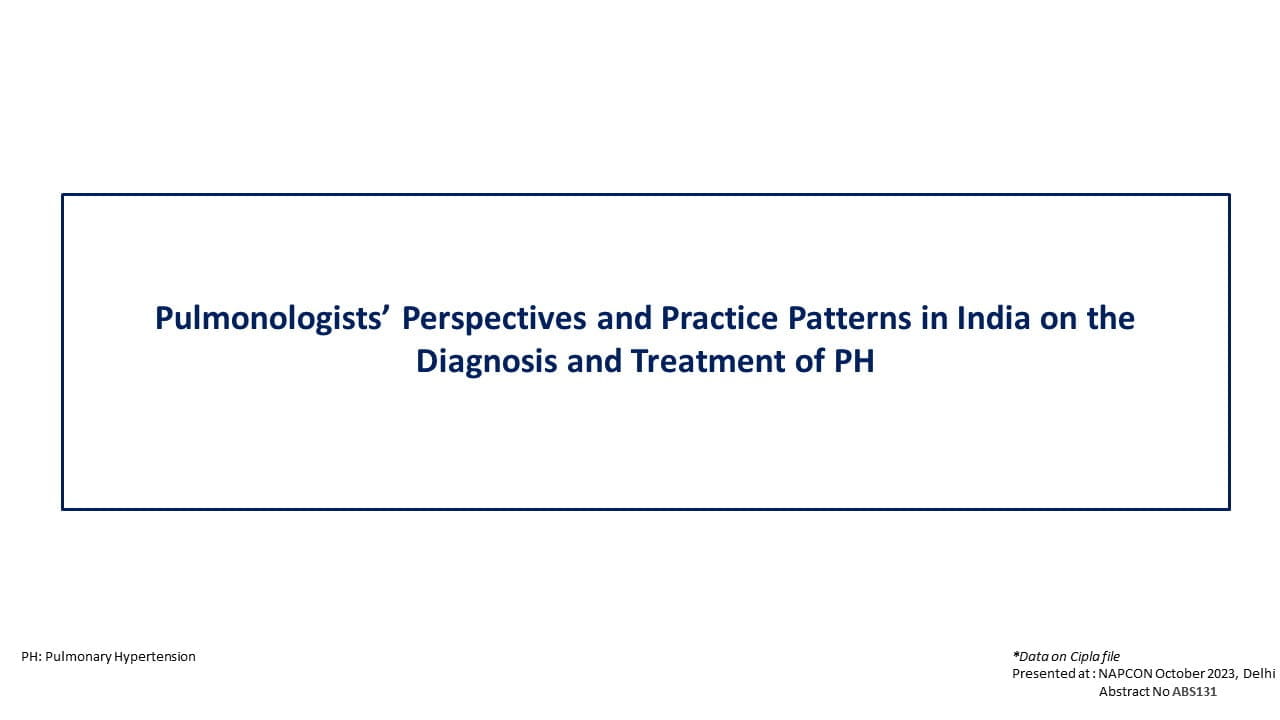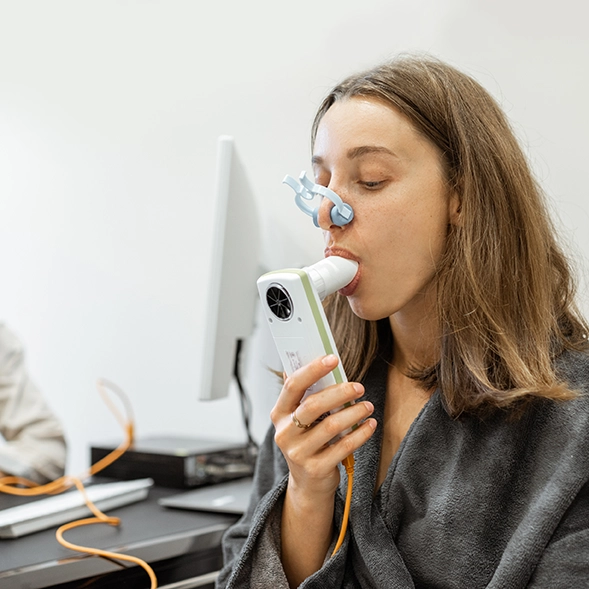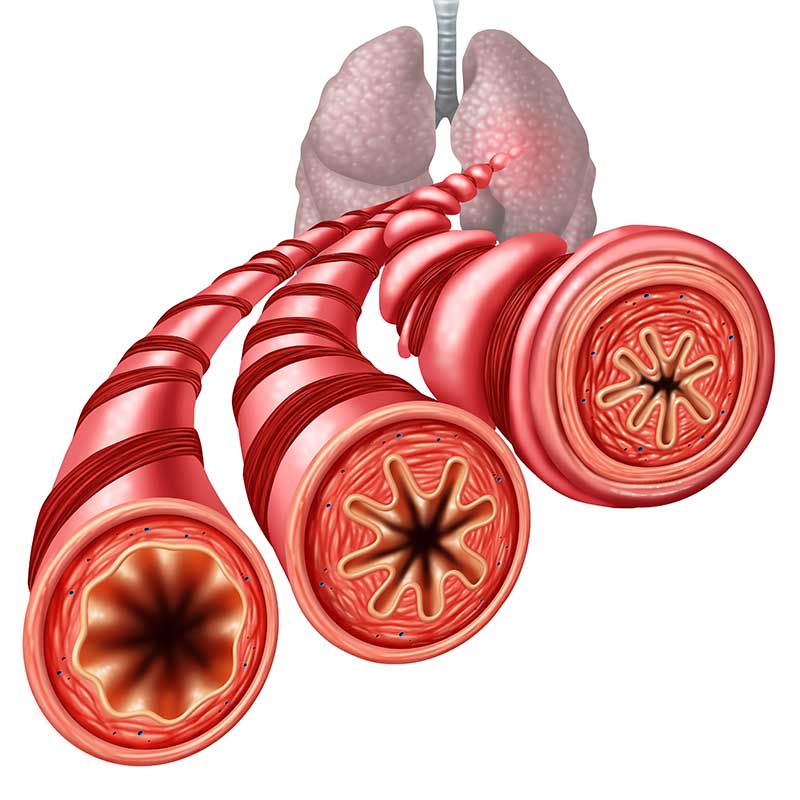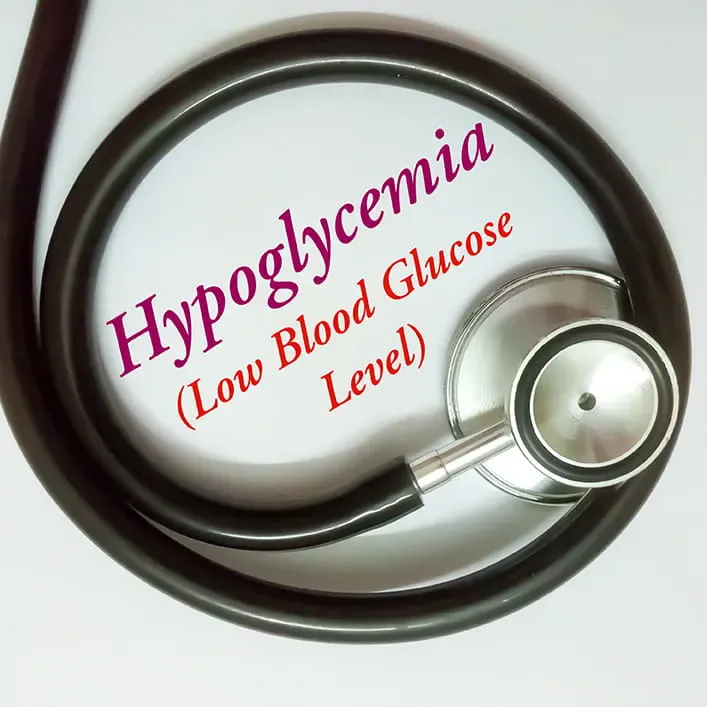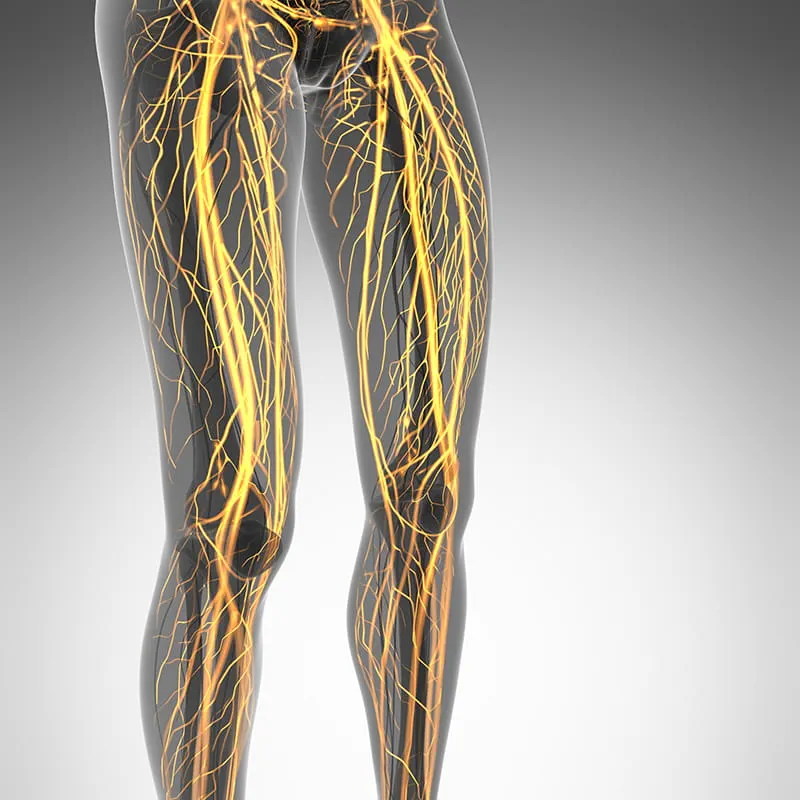Insulin resistance (IR) with increased risk of type II (non-insulin dependent) diabetes is a common feature of PCOS.
PCOS - A Family Affair
PCOS
A Family Affair
Introduction
PCOS is a disorder of unknown etiology characterized by chronic anovulation and hyperandrogenism. Familial clustering of PCOS consistent with a genetic susceptibility to the disorder has been well documented. It is likely that PCOS represents a complex multifactorial trait, inherited similarly to type 2 diabetes. First degree relatives of patients with type 2 diabetes have a high lifetime risk of developing diabetes. Although limited, the available evidence raises the hypothesis that first degree relatives of PCOS women may also have increased risk of developing abnormalities associated with PCOS1 . Sisters, brothers, fathers, mothers, daughters, and even sons of PCOS women have been found to have a higher risk for exhibiting either the hyperandrogenaemia or metabolic traits of the disorder. This booklet provides clinical studies providing evidences that there is clustering of genes associated with PCOS trait making PCOS – A Family Affair2 .
J Clin Endocrinol Metab. 2003 May;88(5):2031-6.
J Clin Endocrinol Metab. 2008 May; 93(5): 1579–1581.
Prevalence of Type II Diabetes Mellitus and Insulin Resistance in Parents of PCOS Women
Background
Aim
To investigate antecedents of metabolic disorders in family members of PCOS patients.
Materials and Methods
- Group 1, n = 200 parents of women with clinical and hormonal evidence of PCOS (PCOSp).
- Group 2, n = 120 parents of healthy normally cycling women (HWp).
- A 75 g oral glucose tolerance test (OGGT) was performed and subjects were classified according to the WHO criteria (1999).
- Following parameters were determined:
- Serum glucose and insulin before the glucose load and after 30, 60, 120 min.
- C-peptide and sex hormone-binding globulin (SHBG) before the glucose load.
- IR by homeostasis model assessment for insulin resistance (HOMA-IR) model and ISI composite.
Results
- The prevalence of type II diabetes was 1.89-fold higher in PCOSp compared to HWp.
- IR, evaluated by HOMA-IR and ISI composite was also significantly higher in the PCOSp group compared to the HWp group.
- Metabolic parameters were significantly different between PCOSp and HWp even after both study groups were distributed by sex, and adjusted by age and body mass index (BMI).
Conclusions
- Parents of PCOS women exhibit IR and type II diabetes more frequently than those of healthy women.
- Parents of PCOS women constitute a high-risk group but an ideal cohort to detect and prevent the development of type II diabetes.
Glucose Intolerance, Insulin Resistance, and Hyperandrogenaemia in First Degree Relatives of PCOS Women
Background
PCOS is associated with hyperinsulinaemia, (IR), increased risk of glucose intolerance, and type II diabetes. Family studies have indicated a genetic susceptibility to PCOS.
Aim
- To assess glucose tolerance status, gonadotropins, and androgens in first degree relatives of PCOS patients.
- To assess IR in normal glucose tolerant (NGT) family members.
Materials and Methods
- Group 1, n = 120 family members of 52 PCOS patients.
- Group 2, n = 82 unrelated healthy control subjects without a family history of diabetes or PCOS.
- Glucose and insulin (at baseline and during a 75 g, 2 h OGTT) were measured.
- IR was assessed by fasting insulin (FI), fasting glucose to insulin ratio (FGI), homeostatic model assessment (HOMA-IR), and area under the curve for insulin during the OGTT (AUC insulin) in NGT subjects of both the groups.
Results
- Diabetes and impaired glucose tolerance (IGT) were noted in 16% and 30% of mothers of PCOS patients and 27% and 31% in fathers of PCOS patients, respectively.
- There was no diabetes in sisters and brothers of PCOS patients. However, IGT was found in 5% of sisters of PCOS patients.
- Impaired fasting glucose was found in 3% of mothers of PCOS patients and 4% of brothers of PCOS patients.
- The analysis of NGT family members showed that mothers of PCOS patients had higher FI (P < 0.05), HOMA-IR (P < 0.05), and AUC insulin (P < 0.01) and lower FGI (P < 0.05) than control mothers, whereas all IR parameters were comparable between fathers of PCOS patients and their matched control subgroup.
- Sisters of PCOS patients had higher FI (P < 0.05), HOMA-IR (P < 0.01), and AUC insulin (P < 0.05) and lower FGI (P < 0.01), and brothers of PCOS patients had higher AUC insulin (P < 0.01) than their matched control subgroups, respectively.
- Mothers of PCOS had higher testosterone levels than control mothers (P < 0.01 and P < 0.05 for pre- and postmenopausal women, respectively).
- Sisters of PCOS had higher LH (P < 0.01), testosterone (P < 0.001), androstenedione (P < 0.01), and dehydroepiandrosterone sulfate (P < 0.05) levels than control sisters.
- There was no difference in gonadotropin and androgen levels in fathers of PCOS patients compared with control fathers or in brothers of PCOS patients compared with control brothers.
Conclusions
- First degree relatives of PCOS patients may be at high risk for diabetes and glucose intolerance.
- NGT female family members have IR; and mothers and sisters of PCOS patients have higher androgen levels than control subjects.
- The high risks of these impairments warrant screening in first degree relatives of patients with PCOS.
Metabolic Abnormalities in Siblings of PCOS Women
Background
There is evidence of familial occurrence of metabolic disturbances in first-degree relatives of PCOS women.
Aim
To establish whether siblings of PCOS women have the metabolic abnormalities that are typical of PCOS.
Materials and Methods
- Group 1, n = 44 sisters and 42 brothers of POCS women were recruited.
- Group 2, n = 70 healthy women and 30 healthy men.
- The following anthropometric and metabolic parameters were measured:
- Glucose and insulin, fasting and during an OGTT (30-, 60- and 120-).
- Insulin sensitivity and insulin-resistance indexes.
- Lipidogram.
Results
- In comparison with the controls, siblings of PCOS women had higher glucose levels, higher insulin levels at 120- and higher mean insulin levels during the OGTT.
- There were no differences in the insulin-sensitivity indexes or insulin resistance indexes between siblings and the controls.
- The total cholesterol and LDL-cholesterol levels were higher in sisters and brothers of PCOS women than in the controls.
Conclusions
- Siblings of PCOS patients are predisposed to some metabolic abnormalities, such as higher fasting glycaemia, glucose intolerance and a more adverse lipid profile than the controls.
- Siblings of PCOS patients showing metabolic disturbances are a group at increased risk of cardiovascular and metabolic diseases, including type 2 diabetes.
Hormonal Abnormalities in First-Degree Relatives of PCOS Women
Background
A body of evidence points to a familial aggregation of hormonal abnormalities in first- degree relatives of PCOS women.
Aim
To determine whether siblings of women with PCOS had evidence of hormonal abnormalities typical of PCOS.
Materials and Methods
- Study group, n = 86 siblings of women with PCOS (44 sisters, 42 brothers) were recruited.
- Control group, n = 70 healthy women and 30 healthy men.
- Anthropometric, hormonal (testosterone, androstenedione, DHEA-S, LH, FSH) parameters and SHBG were assessed in all subjects.
Results
- Mean testosterone and DHEA-S levels were higher in sisters of PCOS women than in the control women.
- 18.2% sisters had a diagnosis of PCOS.
- Mean testosterone and androstenedione levels, and free androgen index (FAI) were significantly higher in sisters with PCOS compared to the sisters without PCOS.
- Brothers of women with PCOS had higher DHEA-S level than the control men.
- 26.2% brothers had alopecia occurring before the age of 30.
- Prematurely balding brothers did not differ from the non-balding brothers in hor- monal parameters.
Conclusions
- Siblings of women with PCOS are predisposed to hormonal abnormalities typical of PCOS.
- The symptom of premature balding under the age of 30 in brothers of women with PCOS should not be considered as a male PCOS equivalent.
Metabolic Phenotype in the Brothers of PCOS Women
Background
Hyperandrogenaemia, IR, and dyslipidaemia demonstrate familial aggregation in the female first-degree relatives of PCOS women, suggesting that these defects are heritable. Hyperandrogenaemia also appears to be the male reproductive phenotype.
Aim
To test the hypothesis that brothers of PCOS women have metabolic defects similar to those of their proband sisters.
Materials and Methods
- This was a prospective case-control study.
- Group 1, n = 196 non-Hispanic white brothers of PCOS women.
- Group 2, n = 169 age, BMI, and ethnicity matched control men.
- Fasting blood was obtained.
- A separate analysis was performed by study site to assess potential regional variations in metabolic parameters.
Results
- Brothers of PCOS women had significantly higher total (P = 0.001) and LDL cholesterol (P = 0.01) as well as triglyceride levels (P = 0.01) compared with control men.
- There were significant positive correlations between brothers and their sisters with PCOS for total (P = 0.009) and LDL cholesterol (P = 0.001) and triglyceride (P = 0.05) levels.
- Brothers also had significantly higher fasting insulin levels and homeostatic index of IR (P = 0.02 for both comparisons) compared with control men.
Conclusions
- Brothers of PCOS women have dyslipidaemia as well as evidence for IR similar to that of their PCOS sisters.
- Some metabolic abnormalities in PCOS are heritable and are not sex specific.
Diabetes Care 2008;31:1237-1241.
Increased Anti-Mullerian Hormone Serum Concentrations in Prepubertal Daughters of PCOS Women
Background
Anti-Mullerian hormone (AMH) is produced by the granulosa cells and reflects follicular development. Adult PCOS women have increased levels of AMH associated with an excessive number of growing follicles. However, it is not known whether these abnormalities are present before the clinical onset of PCOS.
Aim
To investigate whether prepubertal daughters of PCOS women have increased AMH levels.
Materials and Methods
- Group 1, n = 14 female infants (2-3 months old) and 25 prepubertal girls (4-7 years old) born to PCOS mothers.
- Group 2, n = 21 female infants and 24 prepubertal girls born to mothers with regular menses and without hyperandrogenism.
- The group with PCOS mothers and the control group had normal birth weight and were born from spontaneous singleton pregnancies.
- Circulating concentrations of gonadotropins, testosterone, androstenedione, estradiol, 17-OH-progesterone, SHBG, inhibin B, and AMH were determined by specific assays.
Results
- Serum concentrations of AMH were significantly higher in the PCOS group compared with the control group during early infancy (P = 0.024) and during childhood (P = 0.007).
- Gonadotropin and serum sex steroid concentrations were similar in both groups during the two study periods, except for FSH, which was lower during childhood in girls born to PCOS mothers.
Conclusions
- Serum AMH concentrations are increased in prepubertal daughters of PCOS women and these girls appear to show evidence of an altered follicular development during infancy and childhood.
J Clin Endocrinol Metab 2006;91:3105-3109.
Metabolic Profile in Sons of PCOS Women
Background
PCOS is a common endocrine-metabolic disorder with strong familial aggregation and it has been demonstrated that parents and brothers of PCOS women exhibit IR and related metabolic defects. However, metabolic phenotypes in sons of PCOS women have not been described.
Aim
To assess the metabolic profiles in sons of PCOS women during different stages of life: early infancy, childhood and adulthood.
Materials and Methods
- Group 1, n = 80 sons of PCOS women (PCOS(S))
- Group 2, n = 56 sons of control women without hyperandrogenism (C(S)), matched for age.
- Glucose and insulin were determined in early infancy in the basal sample.
- 2 h OGTT was performed with measurements of glucose and insulin in children and adults.
- Adiponectin, leptin, C-reactive protein, SHBG and serum lipids were determined in the basal sample during the three periods.
Results
- PCOS(S) showed higher weight during early infancy (P = 0.038) than C(S).
- During childhood, weight (P = 0.003), BMI (P < 0.001), waist circumference (P = 0.001), total cholesterol (P = 0.007), and low-density lipoprotein cholesterol (P = 0.022) were higher in PCOS(S) compared with C(S), but after adjusting for BMI, these differences were nonsignificant.
- During adulthood, PCOS(S) exhibited higher weight (P = 0.022), BMI (P = 0.046), and waist circumference (P = 0.028) than C(S).
- Fasting insulin (P = 0.030), HOMA-IR (P = 0.034), total cholesterol (P = 0.043), low- density lipoprotein cholesterol (P = 0.034), and 2-h insulin (P = 0.006) were also significantly higher and composite insulin sensitivity index significantly lower in PCOS(S) than in C(S) (P = 0.003).
- After adjusting for BMI, only 2 h insulin and insulin sensitivity index composite remained significantly different.
Conclusions
- Sons of PCOS women exhibit higher body weight from early infancy.
- IR becomes evident as the subjects get older, which may place them at risk for the development of type 2 diabetes and cardiovascular disease.
J Clin Endocrinol Metab. 2008 May;93(5):1820-6.


